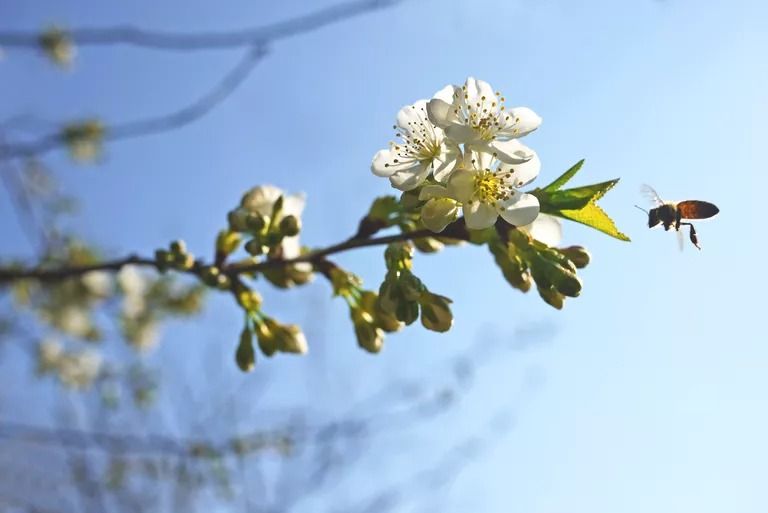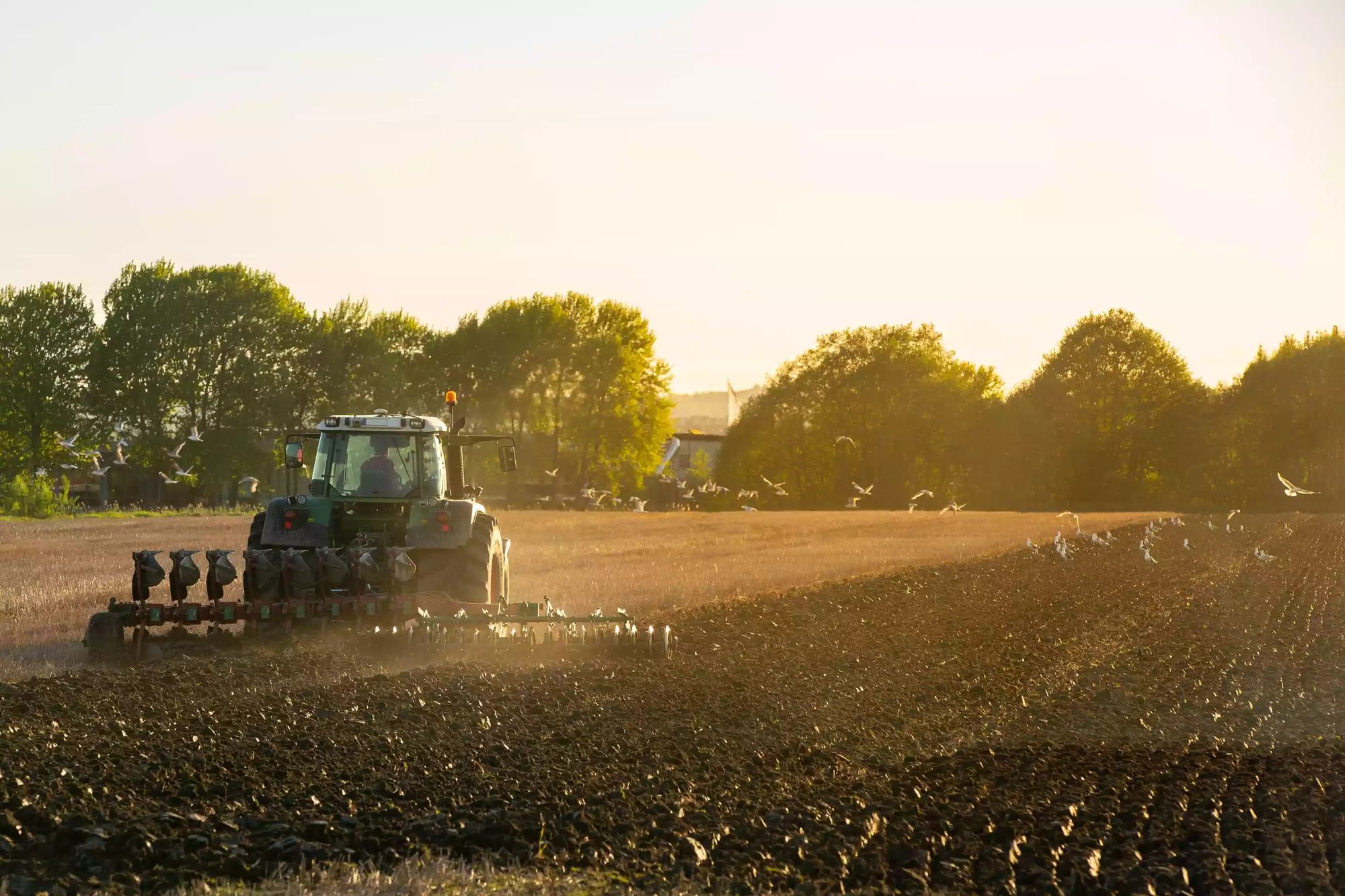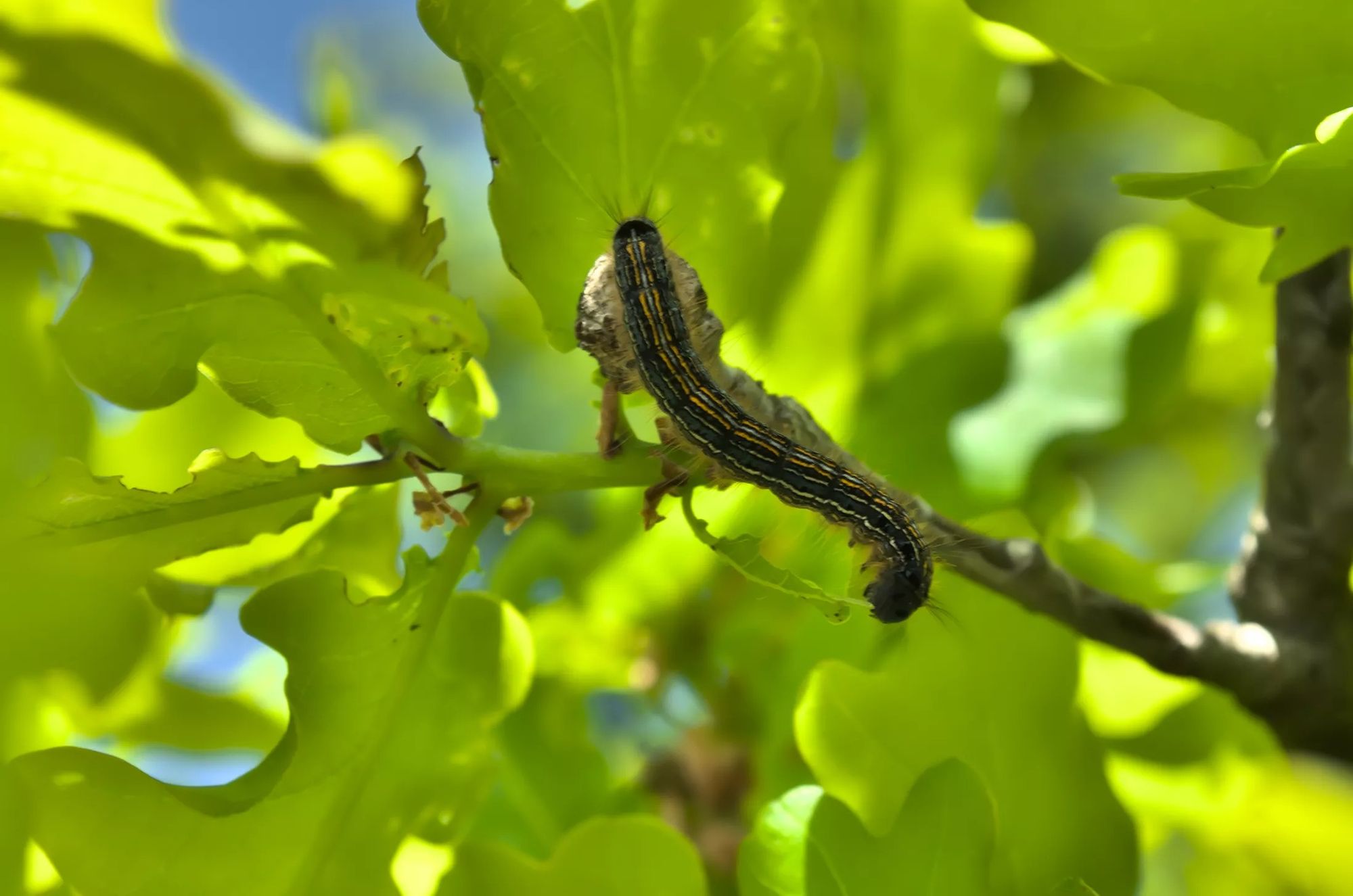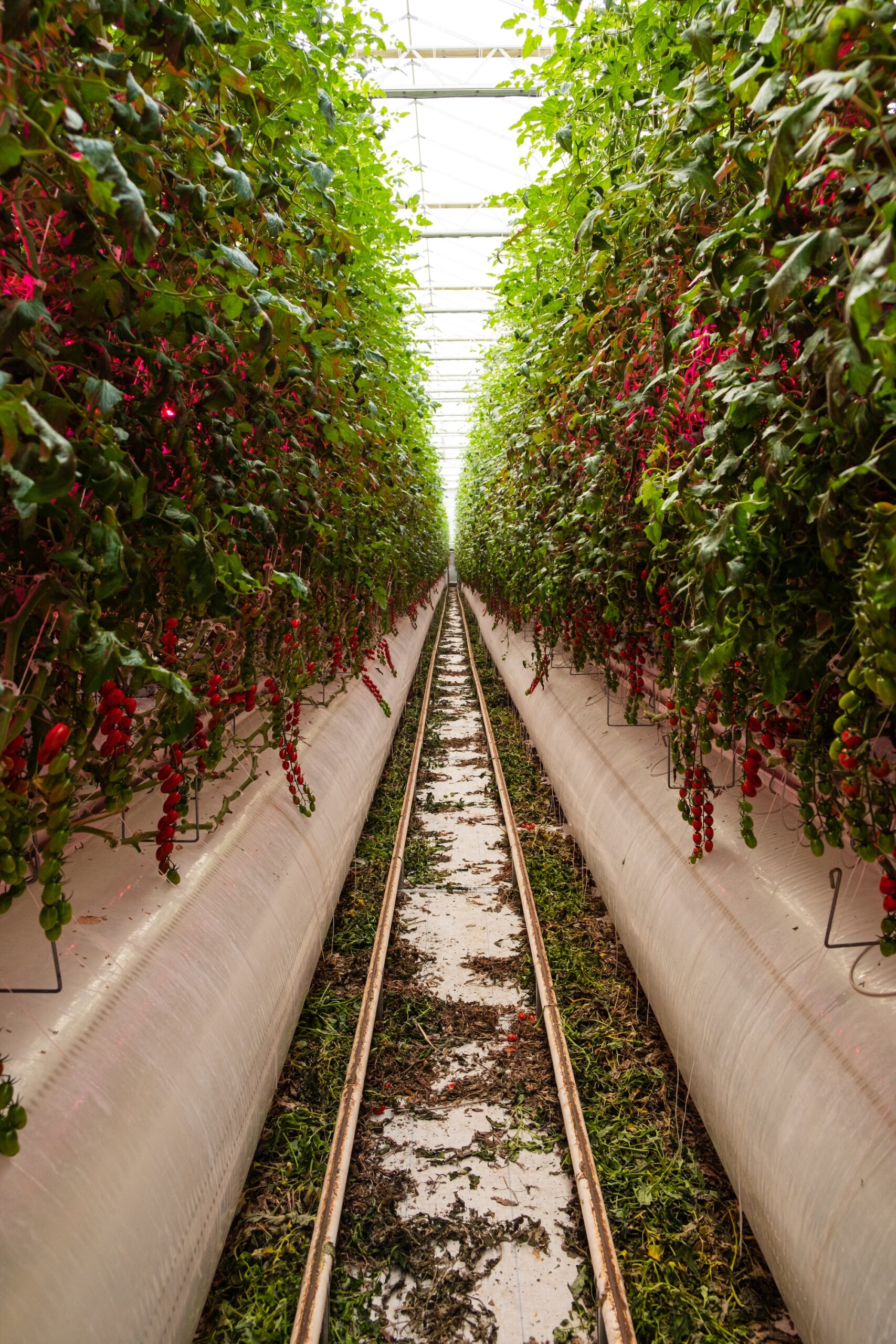
Farmers plant their seeds at a certain time of year to see them grow and mature for harvest. Particular species of bird time their migration in order to arrive “on schedule” to pollinate the plants from which they feed. These are examples of phenology, the study of the events in nature’s annual cycle and the impact of change on different organisms, their ecosystems, and their survival.
People have been aware of phenology since the emergence of hunters and gatherers who relied on a knowledge of the seasons to survive. The first use of the term “phenology” was around 1853 by the Belgian botanist Charles Morren. The first phenological work, however, was written long before that in 1736 when it was used by English naturalist Robert Marsham. Marsham also wrote the first phenological text, Indications of Spring.1 Since that time, phenology became an increasingly important science, but it is only within the last few decades that botanists and biologists have focused on phenology as an important indicator of climate change.
When events such as new weather patterns impact phenology, the outcomes can be significant or even catastrophic. For this reason, phenology has become a major focus for researchers interested in climate change.
Why Do We Study Phenology?

The grasshopper eats tender blades of grass, the frog eats the grasshopper, the snake eats the frog, and the hawk eats the snake. This is a classic example of a food web. But what happens if the grasshopper hatches before the grass is ready to be eaten? The entire food web can collapse. This is the case if caterpillars have not hatched in time for chicks to eat them, or if larvae are not available in freshwater streams when juvenile perch have hatched.
While we do not necessarily depend on the grasshopper or the hawk, we study phenology because it provides a schedule by which we plant and harvest our food. Farmers, in particular, depend on phenological data to avoid early and late frosts and to fertilize their crops. Because phenology is so basic to the natural cycle and the health of ecosystems, understanding and applying it is basic to the human condition. During the 1850s, philosopher and naturalist Henry David Thoreau spent time in the woods carefully recording his phenological observations at Walden Pond in Concord, Massachusetts. These careful observations have allowed today’s phenologists to compare current phenology to that of 150 years ago, and to better predict the upcoming events that will occur as a result of climate change. Research like this provides tools for:
- selecting the right time to plant and harvest crops.
- managing invasive plants and insects.
- ensuring the future well-being of plants and animals impacted by phenological change.
Phenology and Climate Change

The impact of climate change can be analyzed by studying phenological change. Flowers bloom earlier, animals migrate off-schedule, autumn leaves fall later in the season — while these sometimes seem like harmless occurrences, they may lead to problems in species that have a domino effect on the rest of the ecosystem.
As plants and animals respond to climate change, their habit changes impact the resources and behaviors of the flora and fauna around them. For example, many tropical forest plants flower only for a few days when heavy rains follow a drought. They then produce fruit within weeks, providing food for a wide range of rainforest insects and animals. If climate change leads to a difference in the drought/rain sequence, the quantity of flowers and fruits may be reduced or, in the case of very wet weather, they may fail altogether. If this occurs, many species could starve, reducing the availability of food for yet more species.
Climate change can also create a mismatch between the time that food is available and the time when consumers are on hand to eat it. One example is this mismatch is the oak-caterpillar-great tit food web in Holland. Warmer temperatures led to earlier emergence of oak leaves, earlier birth of caterpillars, and earlier consumption of oak leaves by the caterpillars. But great tits, the birds that typically eat the caterpillars and manage their population, did not alter their usual time of nesting and reproduction. As a result, the great tits missed the opportunity to feast on caterpillars, and their population declined while the number of caterpillars increased.
Because phenological events are so sensitive to climate change, phenology has become a leading indicator that researchers can use to study and predict its impact. The more that researchers know about phenology, the more success they will have in understanding why an animal might feed on a new type of plant, forage in a new location, or develop different breeding habits. It also helps explain why a particular plant might produce seed or fruit at a different point in the phenological cycle.
The National Phenology Network, as well as government agencies like the National Oceanic and Atmospheric Administration, are working to gather long-term phenology records related to a huge range of plants and animals. These tools will make it easier for researchers to compare and contrast plant and animal responses to climate change over time and in different locations. Armed with this information, land managers will be better equipped to plan for the impact of climate change on plants, animals, recreation, forestry, and farming.





